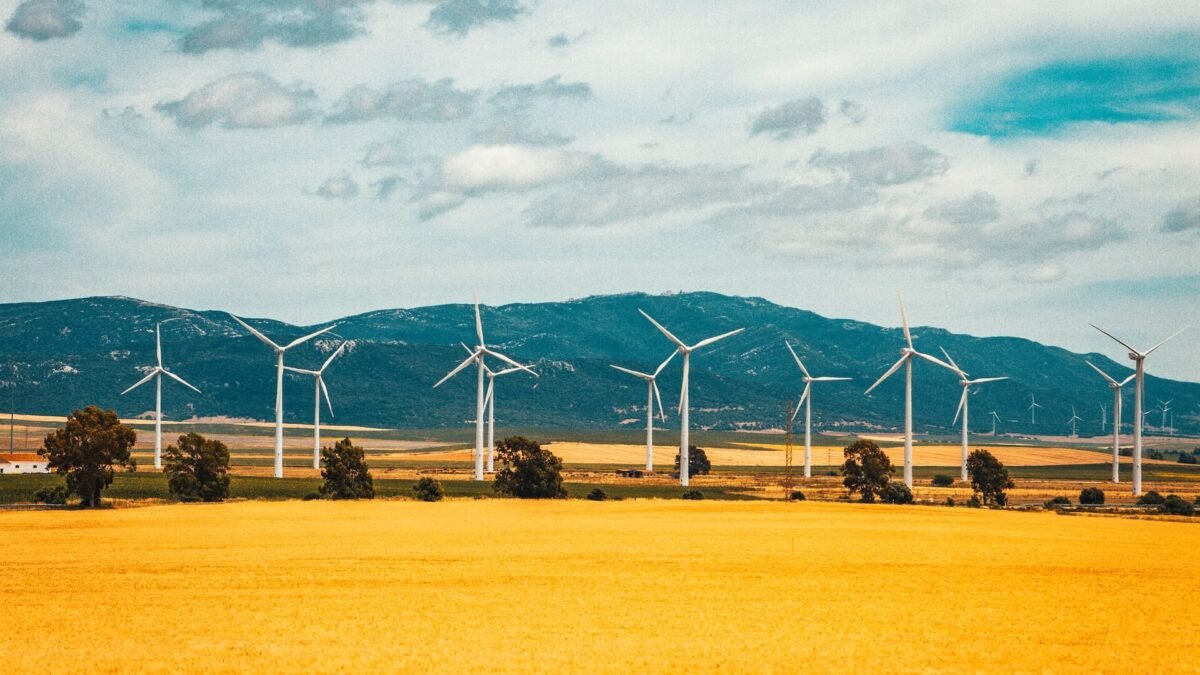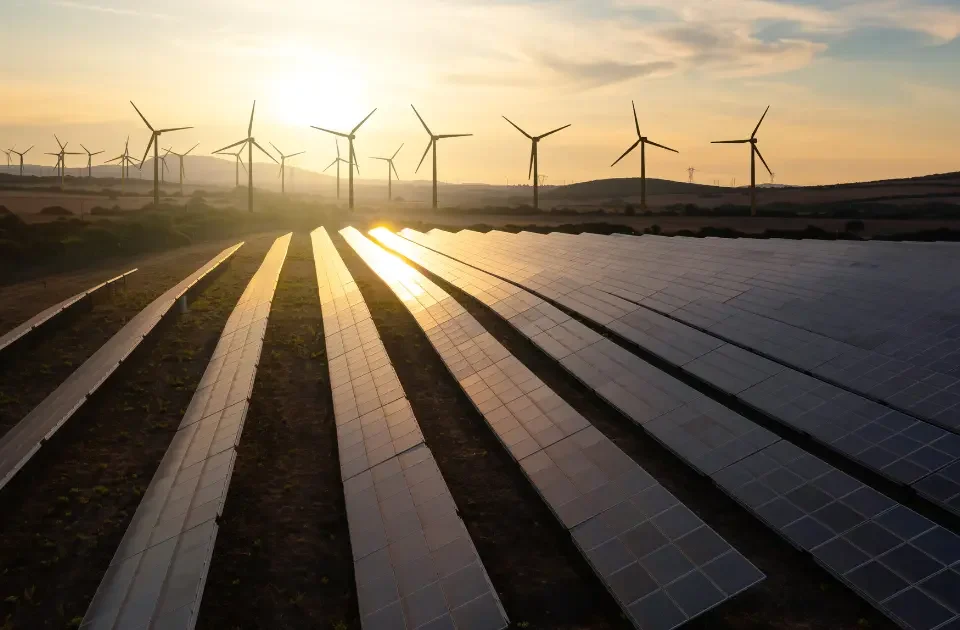Introduction: As the world strives towards a greener future, renewable energy sources like wind power are gaining immense popularity. Wind energy farms have already made significant contributions to the global energy mix, but what does the future hold? In this blog, we will explore the innovations and advancements shaping the future of wind energy farms.
- Enhanced Turbine Technology: Advancements in turbine technology are poised to revolutionize the efficiency and output of wind energy farms. One key innovation is the development of larger and more powerful turbines. These turbines, with taller towers and longer blades, can access stronger and steadier wind resources at higher altitudes, resulting in increased energy production. Moreover, the integration of advanced control systems, such as smart blades that adjust their shape in response to wind conditions, can optimize energy capture and minimize stress on the turbines.
- Offshore Wind Power Expansion: The future of wind energy farms lies not only on land but also offshore. Offshore wind power has enormous potential due to the availability of stronger and more consistent winds. Technological advancements in floating platforms and subsea cable systems have made it possible to install wind turbines in deeper waters. Offshore farms offer the advantage of being located closer to densely populated areas, reducing transmission losses. As countries around the world are increasingly investing in offshore wind projects, this expansion is expected to significantly contribute to the global renewable energy capacity.
- Hybrid Systems and Energy Storage: The integration of wind energy farms with other renewable sources and energy storage technologies is a promising avenue for the future. Hybrid systems that combine wind power with solar energy or other renewable can optimize energy production by utilizing different resources based on their availability. Furthermore, the development of advanced energy storage systems allows wind energy to be stored during periods of low demand and discharged when needed. This integration enhances grid stability, reliability, and the ability to meet peak energy demands.
- Artificial Intelligence and Data Analytics: The utilization of artificial intelligence (AI) and data analytics is transforming the operation and maintenance of wind energy farms. AI algorithms can analyze vast amounts of data, including weather patterns, turbine performance, and maintenance records, to optimize energy production, predict maintenance needs, and prevent failures. This data-driven approach enables proactive decision-making, reduces downtime, and improves overall operational efficiency. Additionally, AI can assist in real-time grid management by dynamically adjusting the output of wind turbines to match the grid’s needs, contributing to a more stable and reliable energy system.
Conclusion: The future of wind energy farms is full of innovation and advancement. Enhanced turbine technology, offshore expansion, hybrid systems, energy storage, and the utilization of AI and data analytics are set to propel wind power to new heights. With these advancements, wind energy farms will play a crucial role in achieving a sustainable and clean energy future for generations to come.




